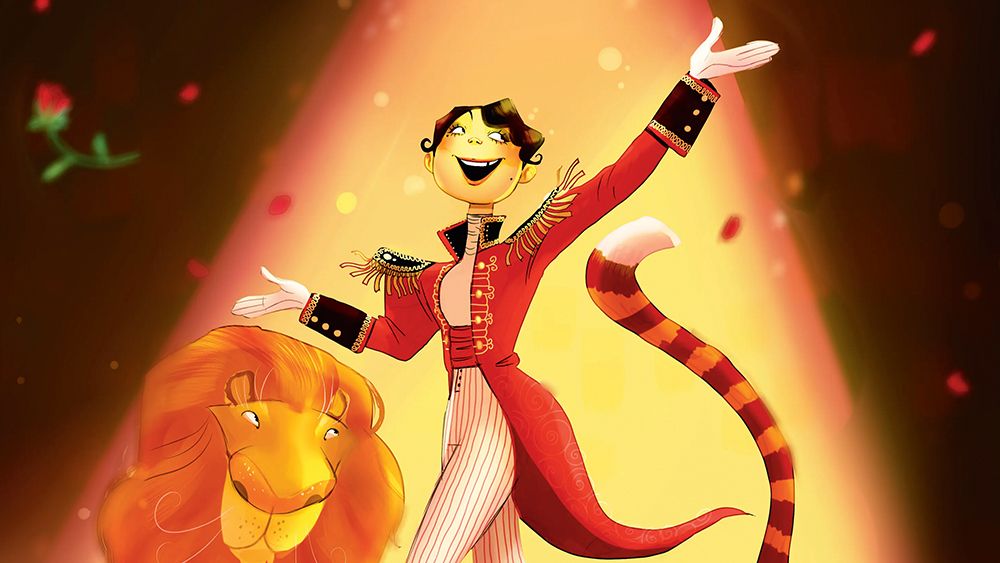Ready to sprinkle some magic on your holiday videos? Check out our latest video where filmmaker Brittney Janae shows you how to create festive seasonal content using Adobe Stock assets!
In this tutorial, you'll learn how to easily add snow and confetti overlays to your projects, making your edits pop and feel truly festive. Brittney guides you through layering techniques in Adobe Premiere Pro, ensuring everything blends seamlessly into your footage. Whether you're working on holiday specials, event recaps, or just want to infuse some cheer, these tips will elevate your content in no time!
Don't miss out on this opportunity to bring a little extra sparkle to your creations!
Watch the full video here: https://www.youtube.com/watch?v=IPOTzC77LGc
#AdobeStock #VideoEditing #FestiveContent #HolidayMagic #ContentCreation
In this tutorial, you'll learn how to easily add snow and confetti overlays to your projects, making your edits pop and feel truly festive. Brittney guides you through layering techniques in Adobe Premiere Pro, ensuring everything blends seamlessly into your footage. Whether you're working on holiday specials, event recaps, or just want to infuse some cheer, these tips will elevate your content in no time!
Don't miss out on this opportunity to bring a little extra sparkle to your creations!
Watch the full video here: https://www.youtube.com/watch?v=IPOTzC77LGc
#AdobeStock #VideoEditing #FestiveContent #HolidayMagic #ContentCreation
🎉 Ready to sprinkle some magic on your holiday videos? ❄️✨ Check out our latest video where filmmaker Brittney Janae shows you how to create festive seasonal content using Adobe Stock assets!
In this tutorial, you'll learn how to easily add snow and confetti overlays to your projects, making your edits pop and feel truly festive. Brittney guides you through layering techniques in Adobe Premiere Pro, ensuring everything blends seamlessly into your footage. Whether you're working on holiday specials, event recaps, or just want to infuse some cheer, these tips will elevate your content in no time!
Don't miss out on this opportunity to bring a little extra sparkle to your creations!
Watch the full video here: https://www.youtube.com/watch?v=IPOTzC77LGc
#AdobeStock #VideoEditing #FestiveContent #HolidayMagic #ContentCreation

0 Commenti
·0 condivisioni








